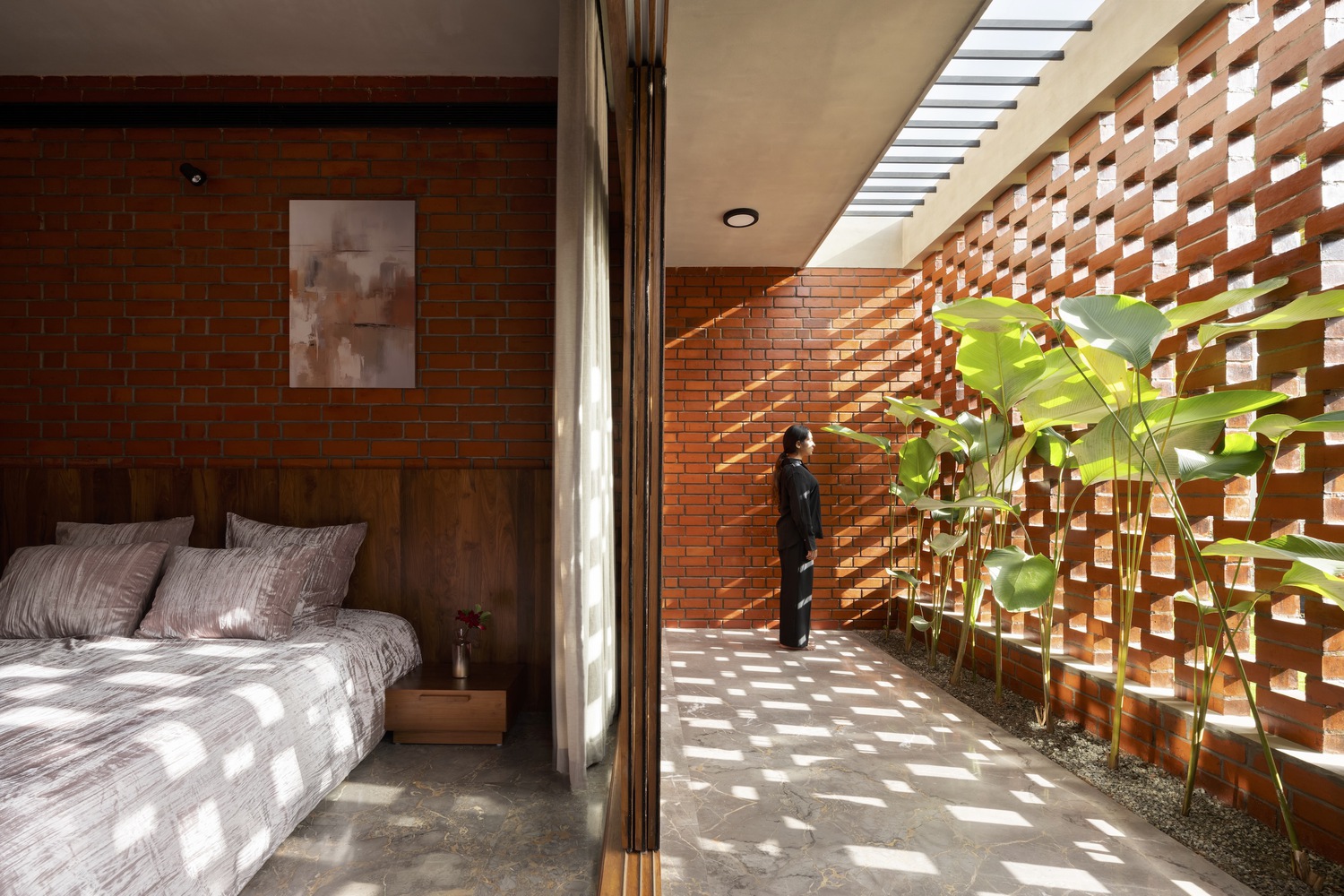Balancing Function and Aesthetics: Incorporating Natural Light and Ventilation in Facades

Picture: Justin Sebastian
Written by Helena Tourinho | Translated by Diogo Simões
Environmental comfort is one of the aspects that contribute to the good performance of architecture. In project descriptions, the incidence of natural lighting and ventilation is often highlighted as advantageous characteristics that add to the aesthetics and functioning of the program. In a way, environmental comfort is part of the building’s function, not necessarily linked to the activities that take place inside the construction but plays a role in its development.
To ensure the proper functioning of a design, it is essential to use the ideal orientation for natural light and local ventilation, which often necessitates openings in the architectural structure. The interplay between solid mass and void spaces is a captivating aspect of design. Nevertheless, some projects, due to various factors, may demand more enclosed volumes or the inclusion of visual barriers on specific facades. The challenge lies in harmonizing the structural elements with natural light and ventilation.
Comments :